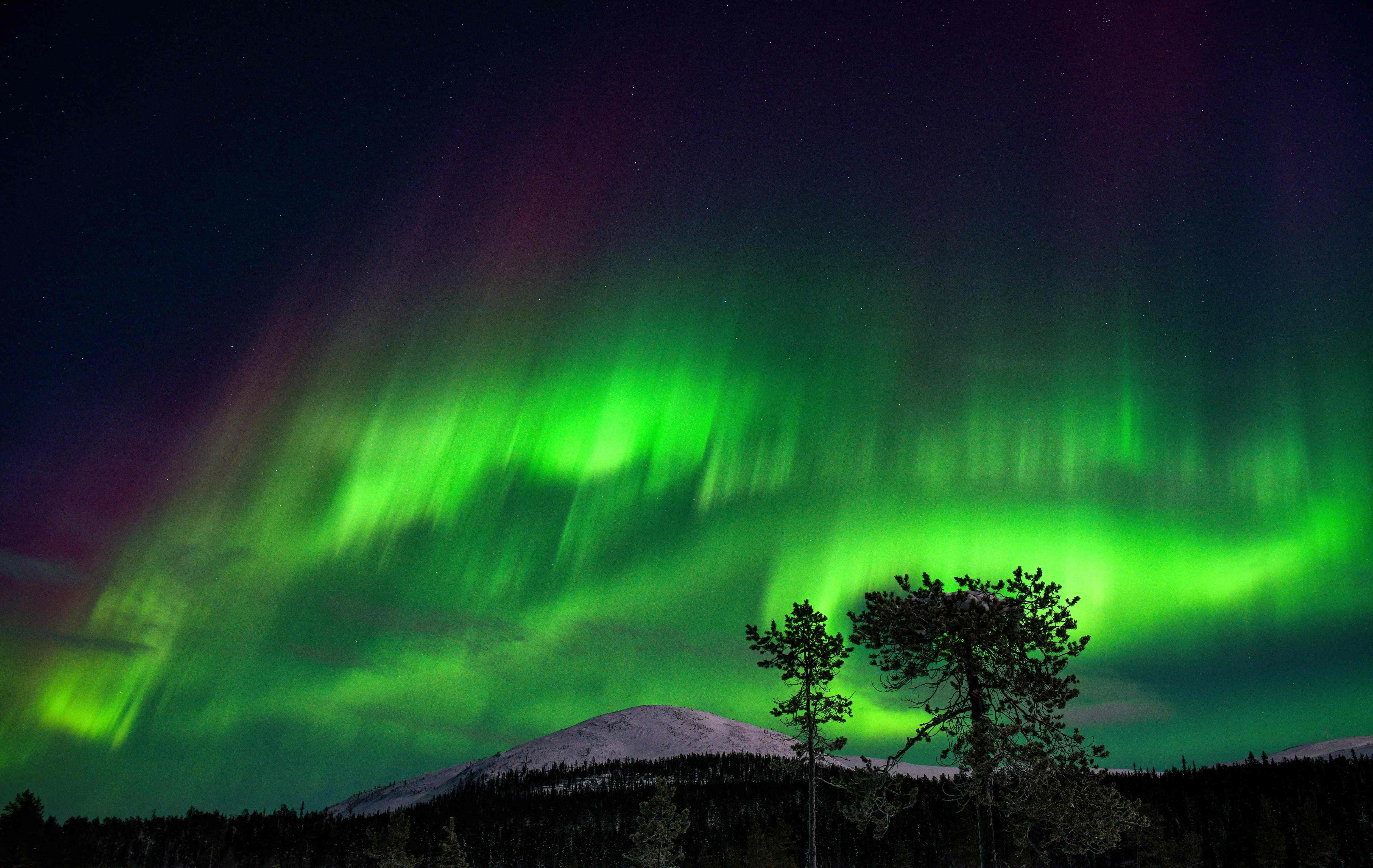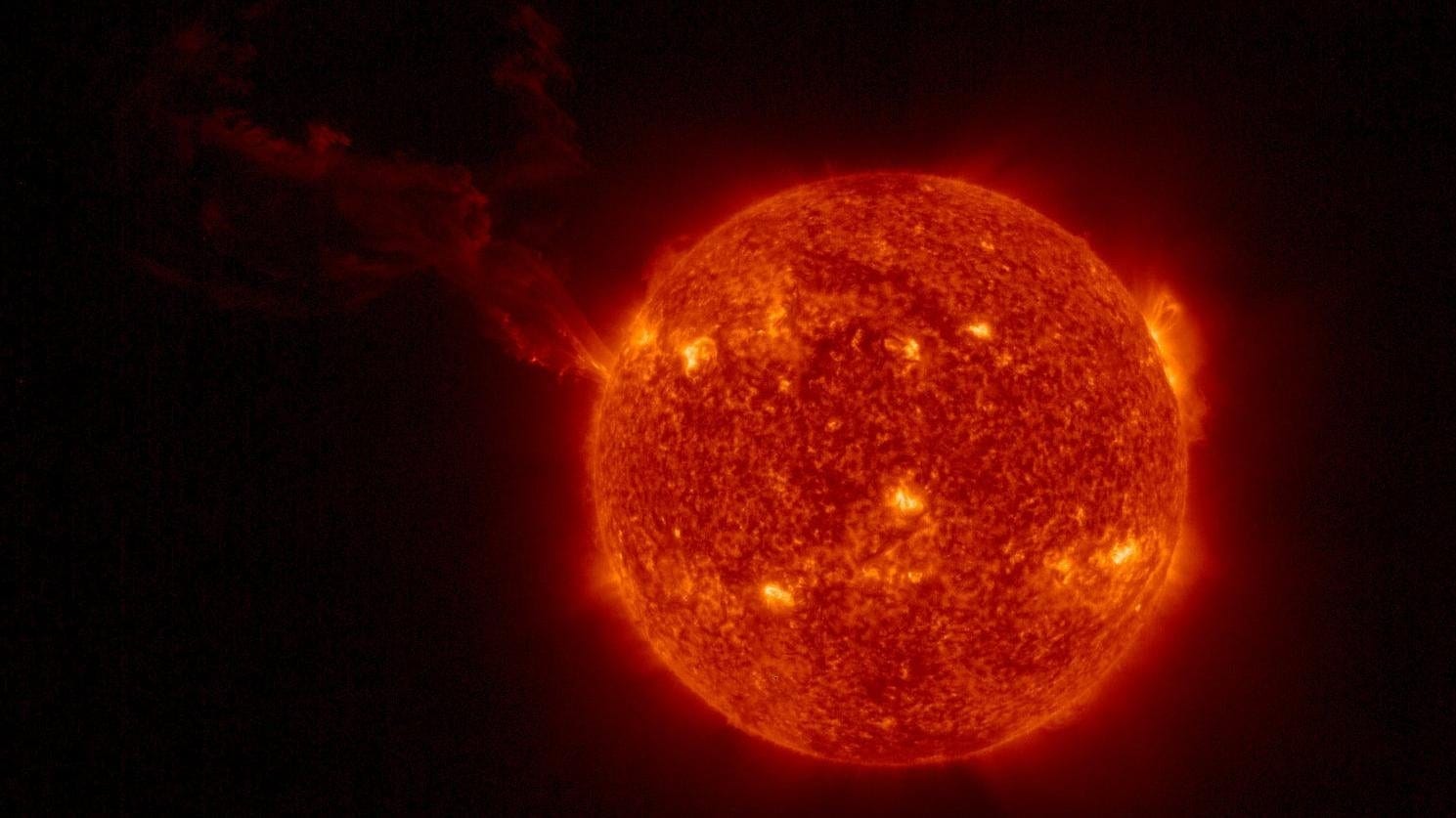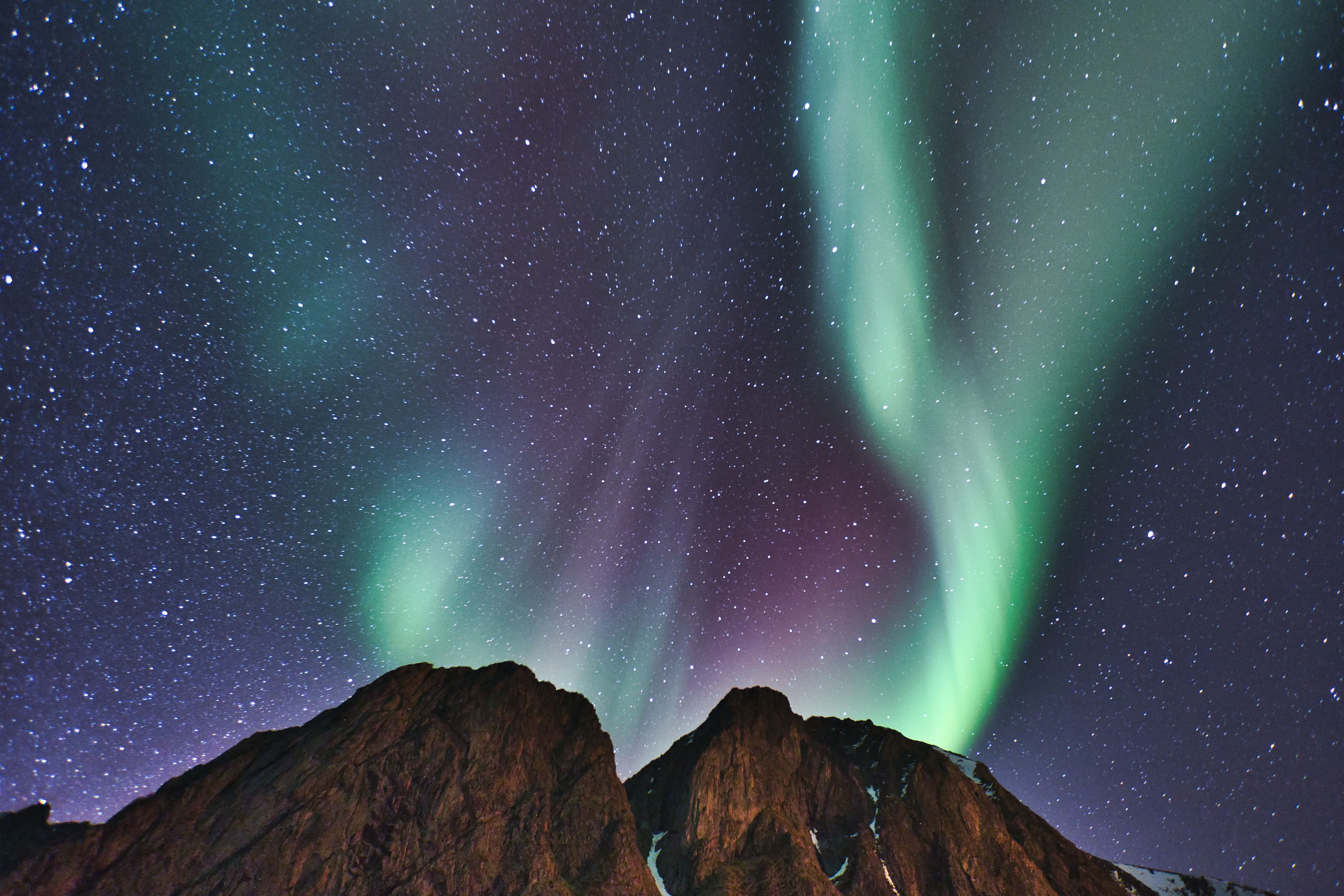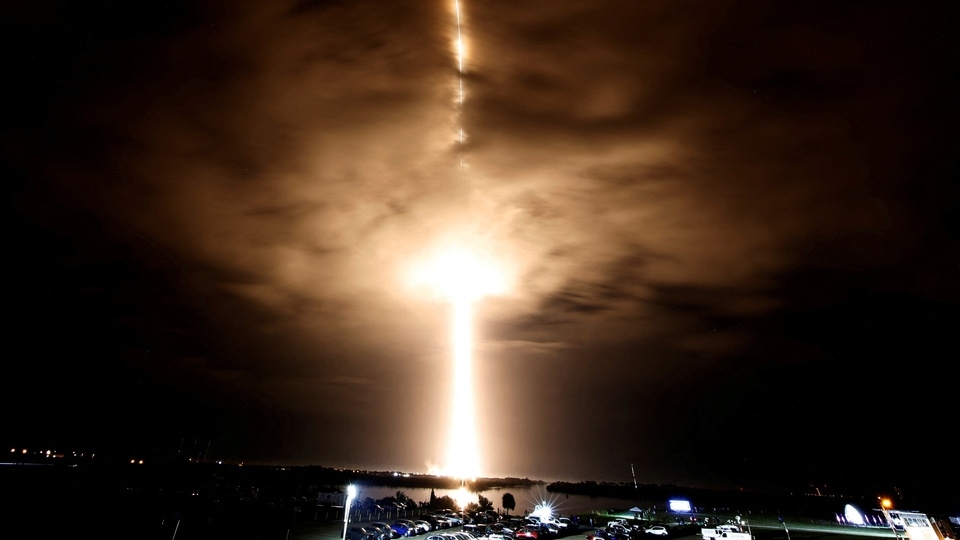Geomagnetic Storm has hit Earth, says NASA; know destructive potential
According to NASA, a G-1 class Geomagnetic Storm hit Earth on March 29. It was sparked by the activity on the Sun. And as a result, auroras were visible as far down south as the USA. Geomagnetic storms can be dangerous and they can also affect you. Learn how.





_1639373804152.jpg)
_1639373804152_1639373815879.jpg)


First Published Date: 30 Mar, 14:06 IST
Tags:
nasa
NEXT ARTICLE BEGINS


































